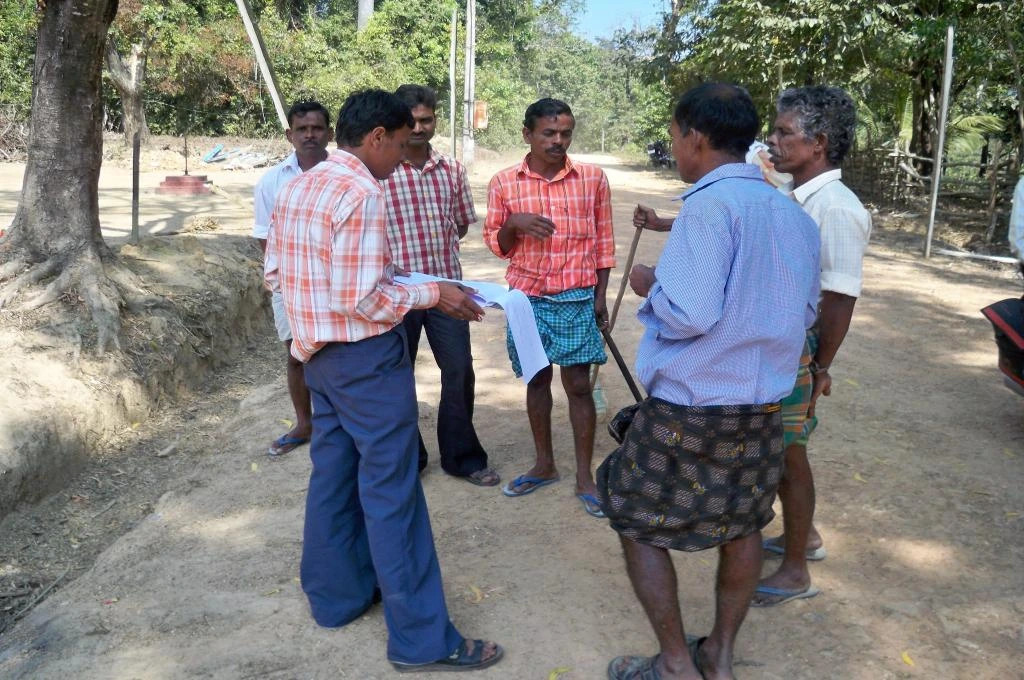Most social enterprises and non-profit organizations recognize that high-quality data and evidence can help them make better decisions, improve performance, attract more funding, and understand—and eventually increase—their impact. Yet these businesses and non-profits often face financial constraints in creating and sustaining effective monitoring and evaluation (M&E) systems.
At IDinsight, we work with organizations and social enterprises across the globe to help them amplify their social impact, and one way we do this is by helping our clients strengthen their M&E systems. This article draws on our experience with different partners to share some simple but effective ways to overcome obstacles and create effective M&E systems on a limited budget. These insights can help break down the perceived complexities of monitoring and evaluation, enabling you to take a do-it-yourself (DIY) approach to M&E.
M&E is a long game
Before building a monitoring and evaluation system, it is important for you to consider why your enterprise or non-profit needs M&E, and what your ultimate learning priorities are. We recommend that you do a full review of your organization’s work, including all of its activities, the resources required, the expected outcomes—and how all these elements connect. For many, this may seem obvious. But we have found that different teams within an organization can have divergent interpretations of their programs’ functions, and different expectations of what their M&E system should do.

Conducting a high-level overview of the organization’s activities helps align everyone on its longer-term M&E vision, helping to identify potential M&E solutions that fit different programs’ context and scope, and reducing the risk of wasting money by collecting and synthesizing output data that fails to measure the desired outcome. To help find the best M&E solutions for your organization’s various programs, you can utilize impact modeling methods, such as building a theory of change.
Taking a step-by-step approach to M&E can help an organization conduct the necessary financial planning.
Putting M&E in the larger context of a program and its goals can also help team members start small and build gradually. As we explain in the following sections, taking a step-by-step approach to M&E can help an organization conduct the financial planning necessary to sustain these systems while maintaining its other activities.
Cheaper can be better—and free tools are fine
Your business or non-profit can cut down on monitoring and evaluation costs by using free tools or services. These tools can serve your needs as well as—or sometimes even better than—costly and complicated ones that require more expertise and human resources, and they pose fewer financial risks in the earlier stages. Once you have used these tools to establish a solid foundation, M&E systems based initially on free tools can easily be adapted and migrated when a program scales or the organization’s needs become more complex. If you are taking a DIY approach, consider researching the available free or low-cost data tools to find a suite of budget-appropriate options that address your needs.
Rather than spreading your limited budget across a variety of data activities and tools, you should prioritize components linked to key decisions (for example, by determining which decision-relevant indicators to measure and how to collect them) and build the appropriate M&E systems from the ground up. We strongly recommend starting from a centralized data management system (DMS), which means all M&E data collected and generated should eventually be fed back to and stored on the central DMS. A central DMS allows for easier and more cost-effective data storage, has better security and enhances data integrity—and it can often be linked to other free and low-cost data tools.

No software can run well without human efforts
When budgeting for monitoring and evaluation systems—or any technical solutions—software is not the only cost. You have to invest in in-house expertise by hiring and training staff with the knowledge and ability to maintain and optimize these systems.

These staff members can also help your organization realize the value of M&E and gain buy-in from your other staff. Even having just one individual or small team willing to explore a business or non-profit’s data needs, find suitable solutions and champion data usage within the organization can bring significant change.
Make the data talk
Even when you have selected the right indicators, they are not useful if no one is looking at them. To keep this data top-of-mind, as a start, your social enterprise or non-profit should choose the most critical metrics, track them regularly, then aggregate, analyze and report the findings to relevant decision-makers.
High-quality data does not automatically lead to good decisions.
But high-quality data does not automatically lead to good decisions. To enhance its usefulness in decision-making, data should be readily available when needed, and the organization should work to foster a culture of learning. Data visualization can address both of these needs. Dashboards of tracked indicators—even simple ones—can turn numbers into narratives and provide analyses that help organizations make better-informed decisions. These dashboards are not a core component of most basic M&E systems, but free dashboarding tools that can connect with external data sources are widely available.
These four recommendations are relatively simple: Think ahead and prioritize, choose cheap but effective tools, invest in people, and use data effectively to inform decision-making. Yet for small businesses and non-profits with a limited budget, busy staff and competing priorities, these suggestions can be challenging to implement. That’s why we also recommend checking out IDinsight’s new M&E Health Check, which is a free tool organizations can use to assess the health of their M&E systems and identify cost-effective areas of improvement. We hope this tool, along with the insights above, will help your social enterprise or non-profit optimize its monitoring and evaluation efforts and maximize its social impact.
This article was originally published on NextBillion.





